Studying abroad
Two students share their experiences coming from different countries.
Roop Aporupa and Filippa Rudnicki are from Bangladesh and Denmark, respectively.
It is not uncommon for students to stay in a specific district and never move away from the town or house they were born in. They have known their friends since they were young and have built strong connections to their hometown. However, some schools give their students the opportunity to study abroad in a different country through the foreign exchange program. The program is a way to not only learn a lot of new skills and information academically, but also learn more about a new culture.
Schools in the U.S. provide many different classes, electives, sports, and other activities. Attending a new school for the first time can be a nerve-racking experience, especially if you are from a different country. Every school is different, and getting used to the new environment and rules can take time. Leaving your old friends from your previous school can be hard on students. It’s like resetting your progress, you have to start over.
Roop Aporupa, sophomore, is a foreign exchange student from Bangladesh who is living in the U.S. for a year.
“I knew someone who came to Oregon on a youth exchange,” Aporupa said. “Like youth cultural exchange scholarship, and that’s when I applied for it and I was like okay.”
Filippa Rudnicki, senior, is a foreign exchange student from Denmark who is living in the U.S. for 10 months.
“Since I was little, I always wanted to try to be a teenager in the U.S.,” Rudnicki said. “And when I saw I could have the opportunity to do it, I said, ’Yeah , let’s go,’ and I’m here now and it’s pretty fun. It’s different but it’s good.”
When first moving to a new country, culture shock is a very common experience.
“One of the biggest culture shocks [was] we weren’t really used to people having dogs as pets a lot,” Aporupa said. “Like I have a pet dog but I knew that people in my country didn’t really have dogs as pets, but here everyone has a dog.”
Every country is different and when visiting or moving to a new place there are some things in other countries that might not be common in your home country.
“Probably the football games,” Rudnicki said. “We don’t have anything like that.”
When going to a new school for the first time, it’s good to have an idea of what you want to do and accomplish when you arrive.
“I was highly encouraged by the community of West Linn and by people who sent me here to join a sport,’ Aporupa said. “So that was my first goal.”
Sports are represented differently in the U.S. compared to other countries.
“West Linn particularly has a bigger focus on sports than academics,” Aporupa said. “The school that I went to in my country was really academically based. I don’t know this school just has way too many chances for sports, and we had more pressure regarding academics. It’s not just my country, it’s literally Asia. The whole Asia is like that. I feel like everyone’s just more focused on academics than sports. In the U.S., I feel like it’s more focused on sports than academics.”
Establishing familiarity with your surroundings at a new school is a common thing for most new students to do.
“I just tried everything, to look around, to see everything,” Rudnicki said. “Trying to know where everything is and stuff like that.”
There are many opportunities to explore new subjects and take new classes as well.
“The classes are unique,” Aporupa said. Like we didn’t have an ethnobotany section, but now I get to take it and it’s one of my favorite classes because I really love biology, especially plant biology.”
Starting new courses in school can be daunting. Concerns with new classes often go away when you get familiar with them and progress in the curriculum.
“I will say they’re different because you can choose them, and like, you cannot do that in Denmark, you have to stick with the schedule,” Rudnicki said. “It’s good, but it’s different. For example [Introduction to Media], I have never heard of before. I’ve never done anything like this before. Like, I was like, this is not gonna work, but it’s okay.”
Immersing yourself in a new culture and making new friends can be seen as one of the perks of being a foreign exchange student. However, there can be obstacles or roadblocks in the way that temporarily prevent students from integrating into the new school environment.
“We have a lot of assumptions made about Americans already, like in our minds already,” Aporupa said. “Like from our perspective is mostly created by movies or [television] shows, so I had a perspective that everyone that I’m gonna meet is gonna be really rude or stuff, but it wasn’t true. People here are really sweet. Even when I go to like Walmart or something, someone will look at me and smile and ask real questions and they’re nice.”
Schools are very different in other countries as well. Every school works on a different system and schedule.
“Like, it’s really big this school. My school [in Denmark] is like really small and like everybody knows each other. But here you meet like new people everyday,” Rudnicki said. “I’m still learning, it’s so big and I don’t know everything yet, but I’m learning and it’s good.”
Lots of memories can be made when studying abroad, especially if you’re involved in after school activities.
“A memorable experience was homecoming because I didn’t expect it to be so chaotic and like so fun. I thought it was gonna end at nine but it continued on to eleven,” Aporupa said.
Sports are a common activity to enjoy amongst high school students.
“Probably just like all the sports events there is, and like when you dress out for like the homecoming for example, like the week up to homecoming, you dress out,” Rudnicki said.
Schools are always looking for teaching methods that will help students learn in a whole new way. The foreign exchange program exposes students to a whole new understanding of a country.
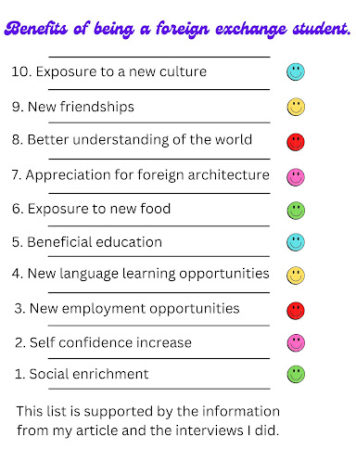
Your donation will support the student journalists of West Linn High School. Your contribution will allow us to continue to produce quality content by purchasing equipment, software, and continuing to host our website on School Newspapers Online (SNO).


























![Game, set, and match. Corbin Atchley, sophomore, high fives Sanam Sidhu, freshman, after a rally with other club members. “I just joined [the club],” Sidhu said. “[I heard about it] on Instagram, they always post about it, I’ve been wanting to come. My parents used to play [net sports] too and they taught us, and then I learned from my brother.”](https://wlhsnow.com/wp-content/uploads/2024/03/MG_7715-2-1200x800.jpg)





![The teams prepare to start another play with just a few minutes left in the first half. The Lions were in the lead at halftime with a score of 27-0. At half time, the team went back to the locker rooms. “[We ate] orange slices,” Malos said. “[Then] our team came out and got the win.”](https://wlhsnow.com/wp-content/uploads/2023/10/IMG_2385-1200x800.jpg)





![At the bottom of the third inning, the Lions are still scoreless. Rowe stands at home plate, preparing to bat, while Vandenbrink stands off to the side as the next batter up. Despite having the bases loaded, the team was unable to score any runs. “It’s just the beginning of the season. We’re just going to be playing out best by June, [and] that’s where champions are,” Rowe said.](https://wlhsnow.com/wp-content/uploads/2024/03/IMG_3077-1200x900.jpg)







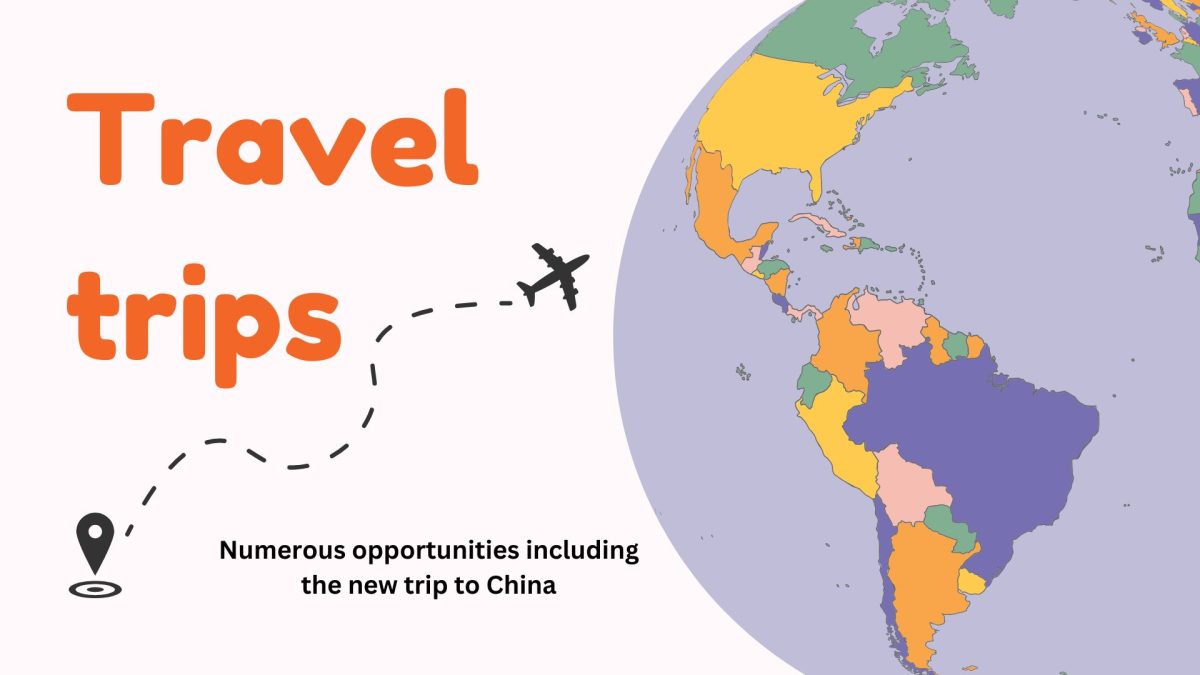
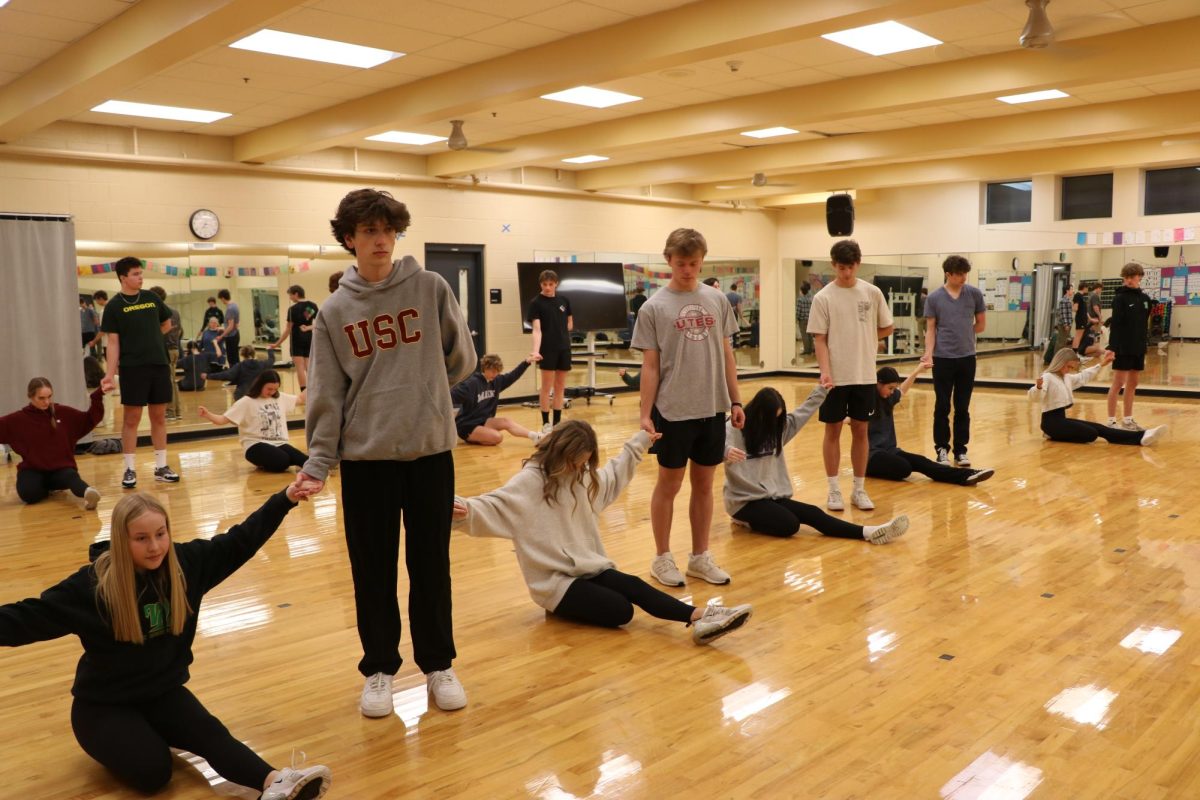



























































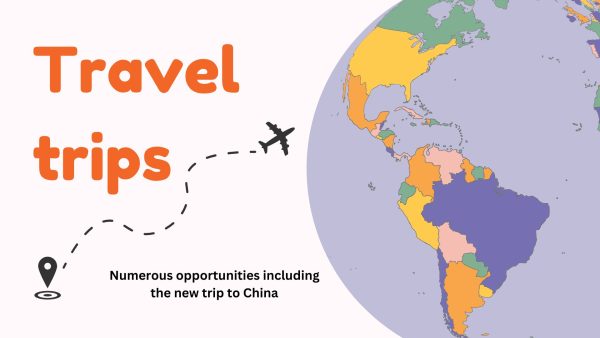
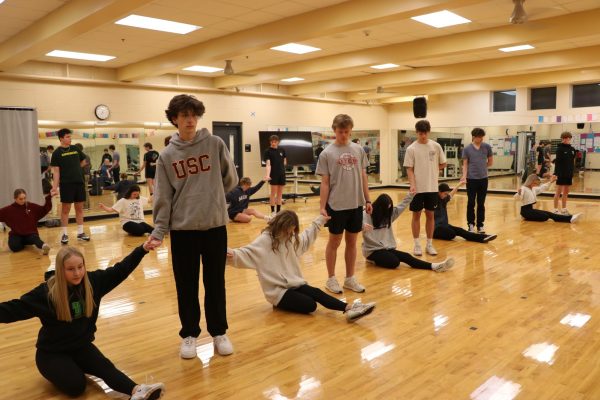
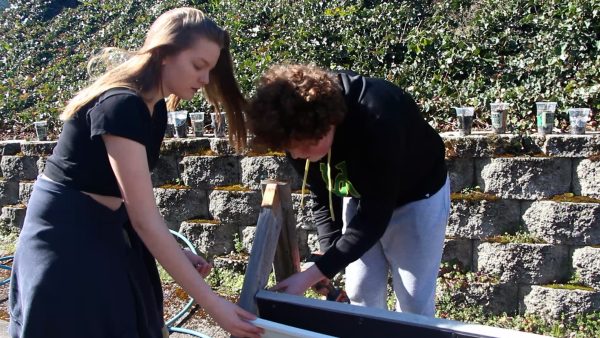
![Game, set, and match. Corbin Atchley, sophomore, high fives Sanam Sidhu, freshman, after a rally with other club members. “I just joined [the club],” Sidhu said. “[I heard about it] on Instagram, they always post about it, I’ve been wanting to come. My parents used to play [net sports] too and they taught us, and then I learned from my brother.”](https://wlhsnow.com/wp-content/uploads/2024/03/MG_7715-2-600x400.jpg)


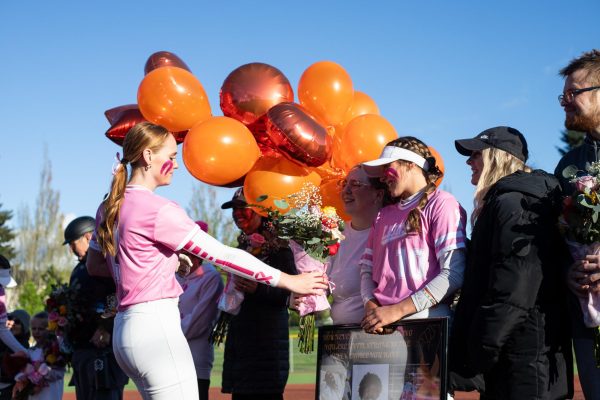

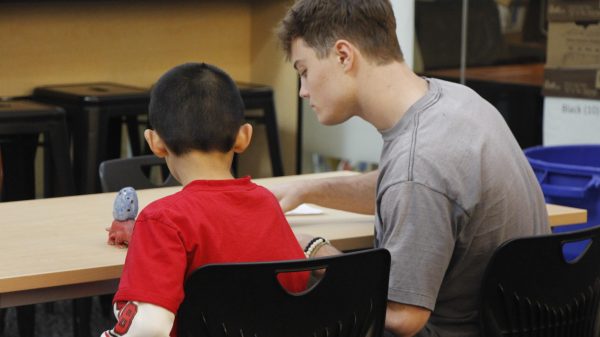
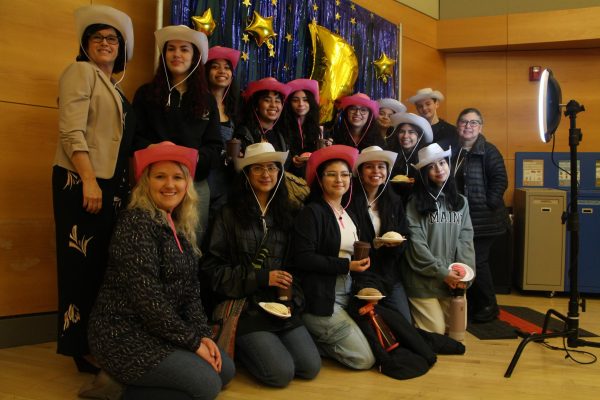
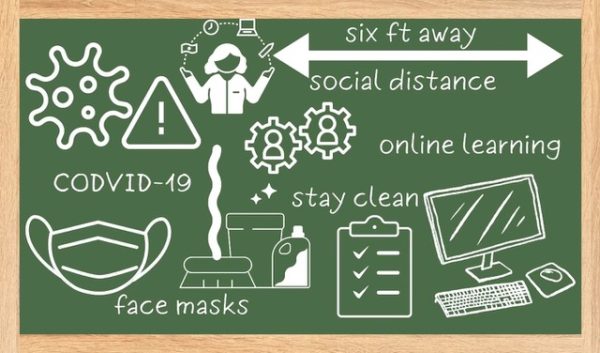
Finn Howell`
Dec 5, 2022 at 11:56 am
slayyy
Lillian Gottschling
Dec 5, 2022 at 3:12 pm
!!!